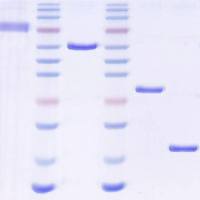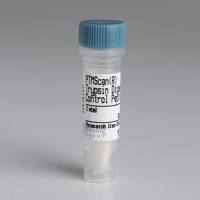Signaling Events Initiated by Kappa Opioid Receptor Activation: Quantification and Immunocolocalization Using Phospho-Selective KOR, p38 MAPK, and KIR
互联网
583
Psychiatric disorders including anxiety, depression, and addiction are both precipitated and exacerbated by severe or chronic stress exposure. While acutely, stress responses are adaptive, repeated exposure to stress can dysregulate the brain in such a way as to predispose the organism to both physiological and mental illness. Understanding the neuronal chemicals, cell types, and circuits involved in both normal and pathological stress responses are essential in developing new therapeutics for psychiatric diseases. Varying degrees of stressor exposure cause the release of a constellation of chemicals, including neuropeptides such as dynorphin. Neuropeptidergic release can be very difficult to directly measure with adequate spatial and temporal resolution. Moreover, the downstream consequences following release and receptor binding are numerous and also difficult to measure with cellular resolution. Following repeated stressor exposure, dynorphin is released, binds to the kappa opioid receptor (KOR), and causes activation of KOR. Agonist-activated KOR becomes a substrate for G protein receptor kinase (GRK), which phosphorylates the Ser369 residue at the C-terminal tail of the receptor in the first step in the β-Arrestin-dependent desensitization cascade. Through the use of phospho-�selective antibodies developed and validated in the laboratory, we have the tools, to assess with fine cellular resolution, the strength of behavioral stimulus required for release, time course of the release, and regional location of release. We have gone on to show that following KOR activation, both ERK 1/2 and p38 MAP kinase phosphorylation are increased through use of commercially available phospho-selective antibodies. Finally, we have identified that one effector of KOR/p38MAP kinase is KIR 3.1 and have developed a phospho-selective antibody against the Y12 motif of this channel. Much like KOR and p38 MAP kinase, phosphorylation of this potassium channel increases following repeated stress. The following chapter discusses immunohistochemical and quantification methods used for phospho-selective antibodies used in various brain regions following behavioral manipulations.









